
Imagine a future where every student receives personalized support, has access to inclusive learning opportunities, builds stronger connections with teachers for effective instruction, and their academic achievement is recognized and valued.
While the prospect of AI in education is exciting, only when applied responsibly and intelligently can AI reach its full potential and ensure equitable access to quality education for all.
In 2020, the World Economic Forum identified eight key transformations to improve education in the era of the Fourth Industrial Revolution - known as the Education 4.0 Framework. As AI emerges as the defining technology of this era, we can accelerate the implementation of Education 4.0 by applying AI and equipping learners with the ability to thrive with this technology.
With growing interest in AI and education, the Education 4.0 Alliance has conducted research to understand the current state and potential of this technology for education. The report “Shaping the Future of Learning: The Role of AI in Education 4.0” identifies four key promises that AI brings to realizing Education 4.0.
Supporting the role of teachers through augmentation and automation
The global teacher shortage is a major challenge to improving educational outcomes, with demand for the teaching workforce expected to increase dramatically in the coming years. Integrating AI into education can help reduce administrative workloads, allowing teachers to spend more time engaging meaningfully with students.
By automating repetitive tasks and emphasizing human-centered teaching, we can create an environment where teachers thrive, providing richer learning experiences. However, teaching is more than just imparting information – AI should be an aid, not a replacement for teachers.
Improving assessment and analysis in education
The application of AI promises to revolutionize the field of educational assessment and analytics. AI-infused assessment tools provide teachers with valuable insights — from identifying learning trends to assisting in the evaluation of non-standardized tests.
Harnessing AI capabilities can help shorten assessment times, provide timely feedback to students, and increase engagement. With real-time analytics, teachers can identify student strengths and weaknesses and adjust teaching methods accordingly.
Promoting digital literacy and AI understanding
Many education systems are struggling to address the digital skills gap – a critical factor in students’ employability and ethical use of technology. Closing this gap is imperative to building an AI-ready workforce.
AI opens up opportunities for students to develop digital literacy, critical thinking, problem solving, and creativity – skills essential for the jobs of the future. Integrating AI into education, whether in traditional or innovative ways, will play a key role in shaping the workforce of the future.
Personalize content and learning experiences
Numerous studies have confirmed that one-on-one tutoring delivers superior results, with students receiving one-on-one tutoring outperforming 98% of their peers in traditional classrooms. However, providing individual tutoring services to all students is a major economic challenge.
AI is the answer to this problem. By leveraging AI, we can personalize the learning experience for each student, improving learning efficiency while meeting the diversity of learning needs. Customized learning interfaces are especially useful for students with neurological or physical differences.
(According to Weforum)
Source: https://vietnamnet.vn/cach-tri-tue-nhan-tao-thay-doi-giao-duc-4-0-2391511.html


![[UPDATE] April 30th parade rehearsal on Le Duan street in front of Independence Palace](https://vstatic.vietnam.vn/vietnam/resource/IMAGE/2025/4/18/8f2604c6bc5648d4b918bd6867d08396)
![[Photo] Prime Minister Pham Minh Chinh receives Mr. Jefferey Perlman, CEO of Warburg Pincus Group (USA)](https://vstatic.vietnam.vn/vietnam/resource/IMAGE/2025/4/18/c37781eeb50342f09d8fe6841db2426c)







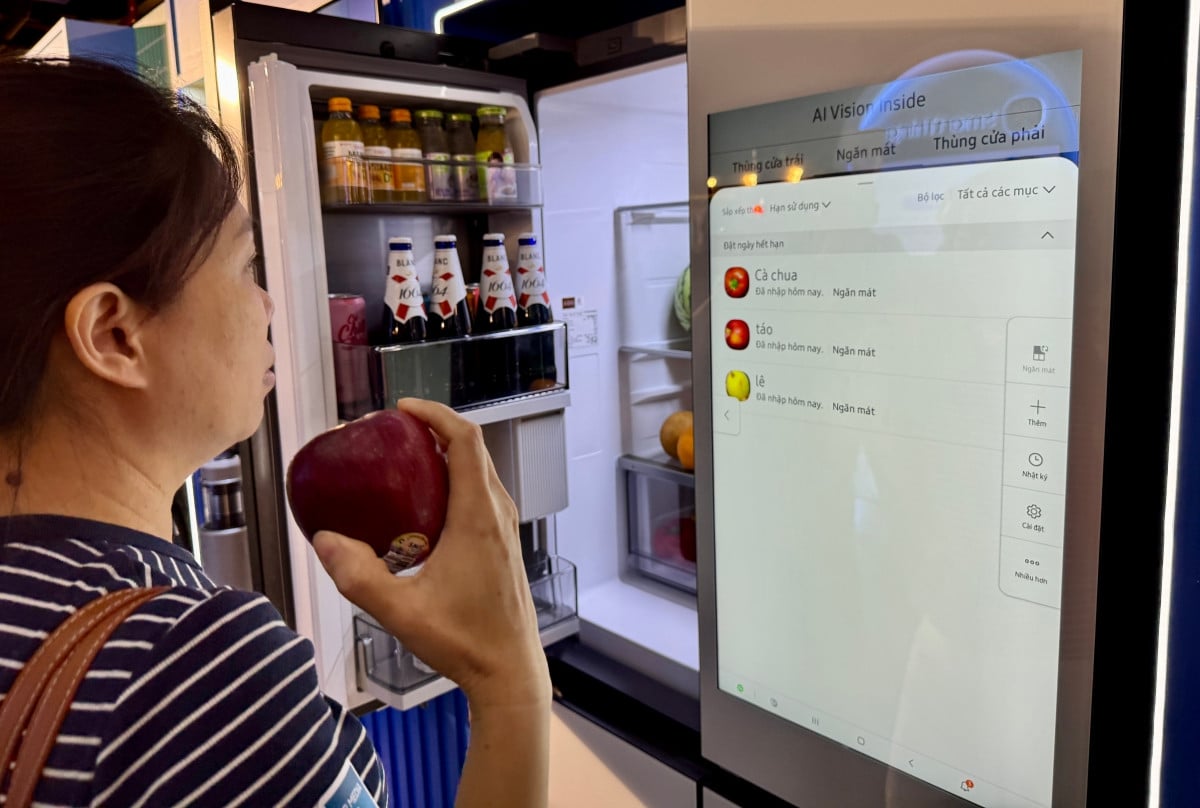






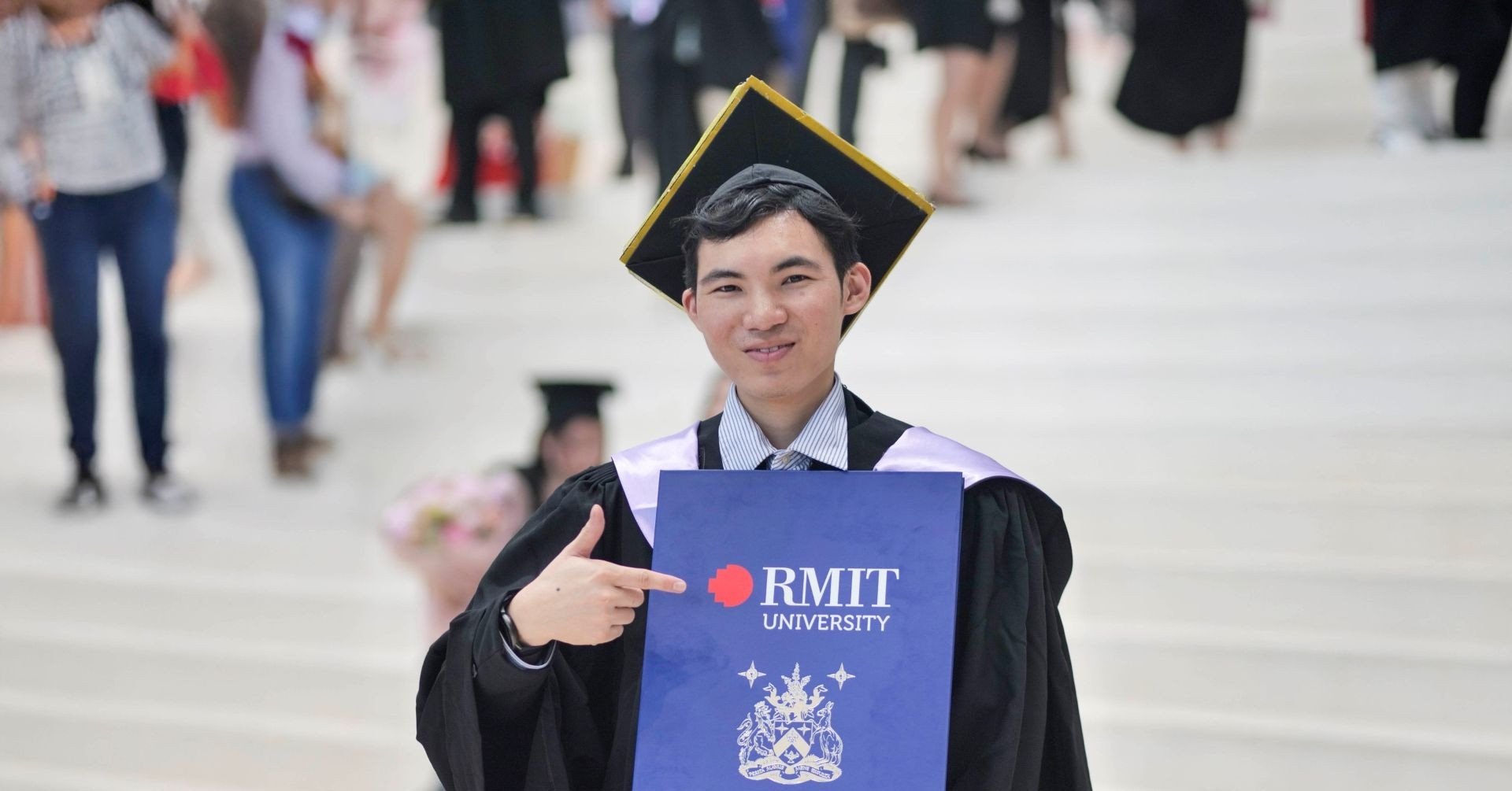
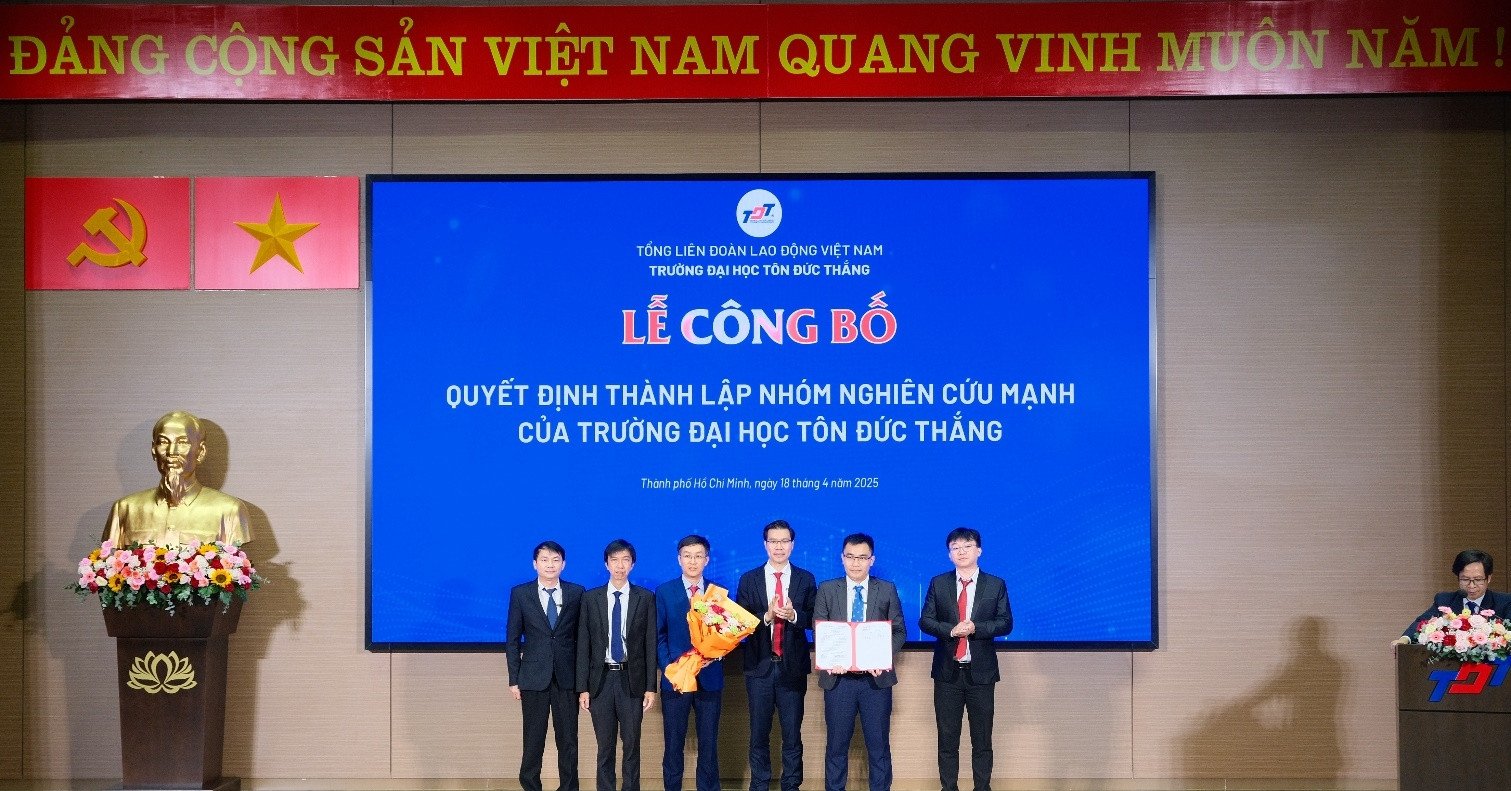




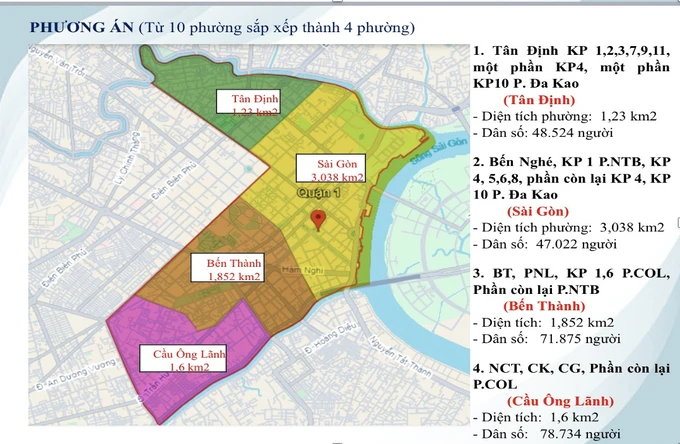







































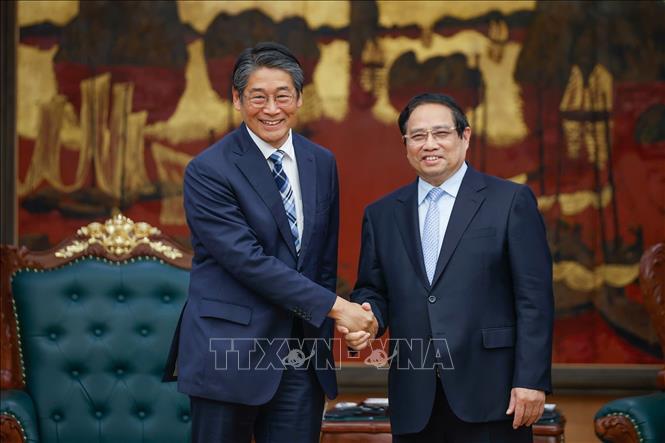





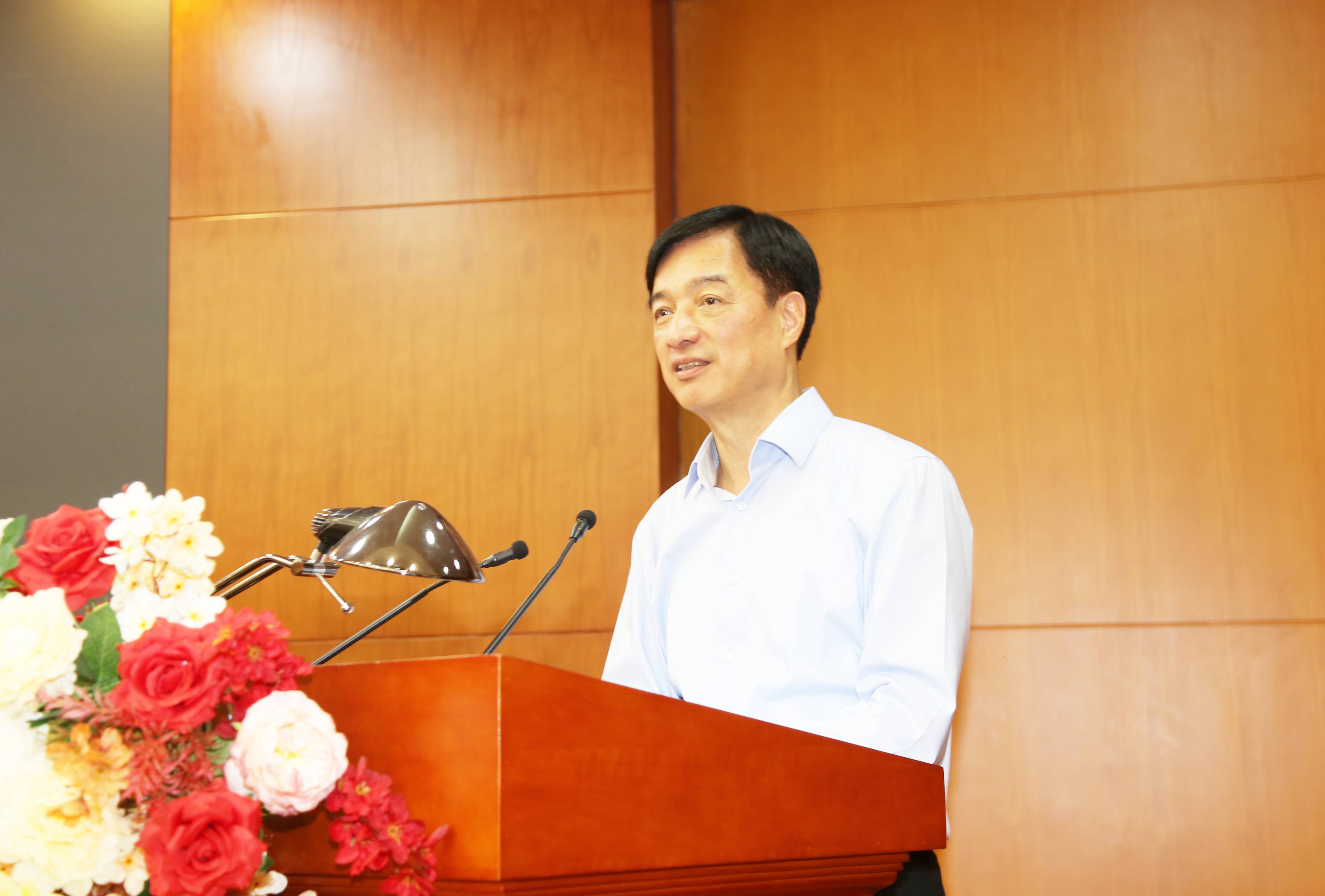



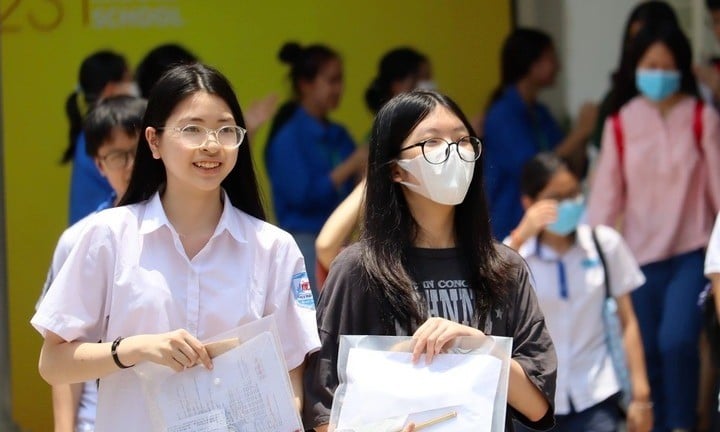







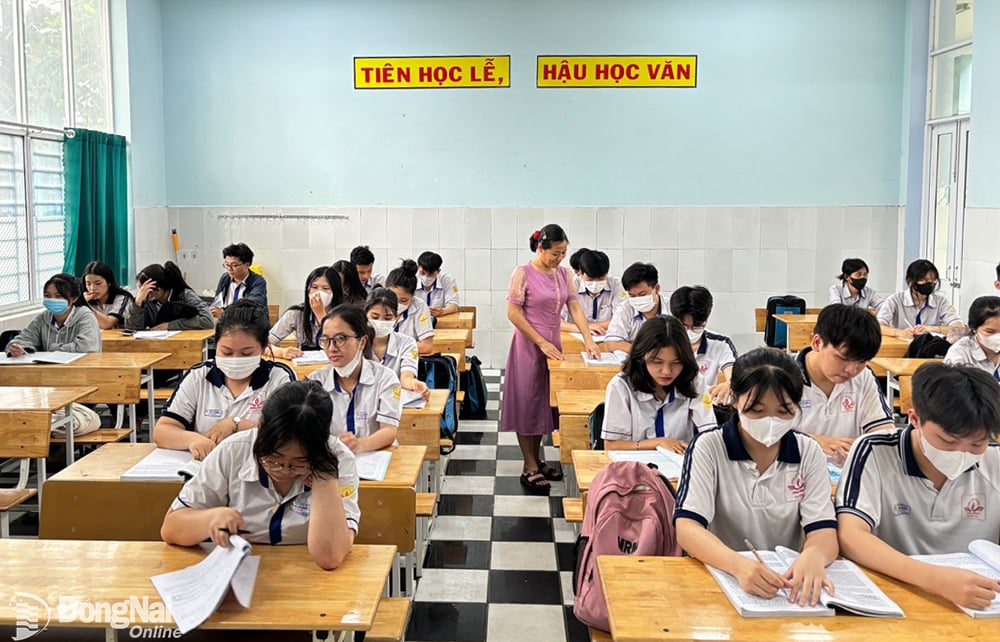












Comment (0)